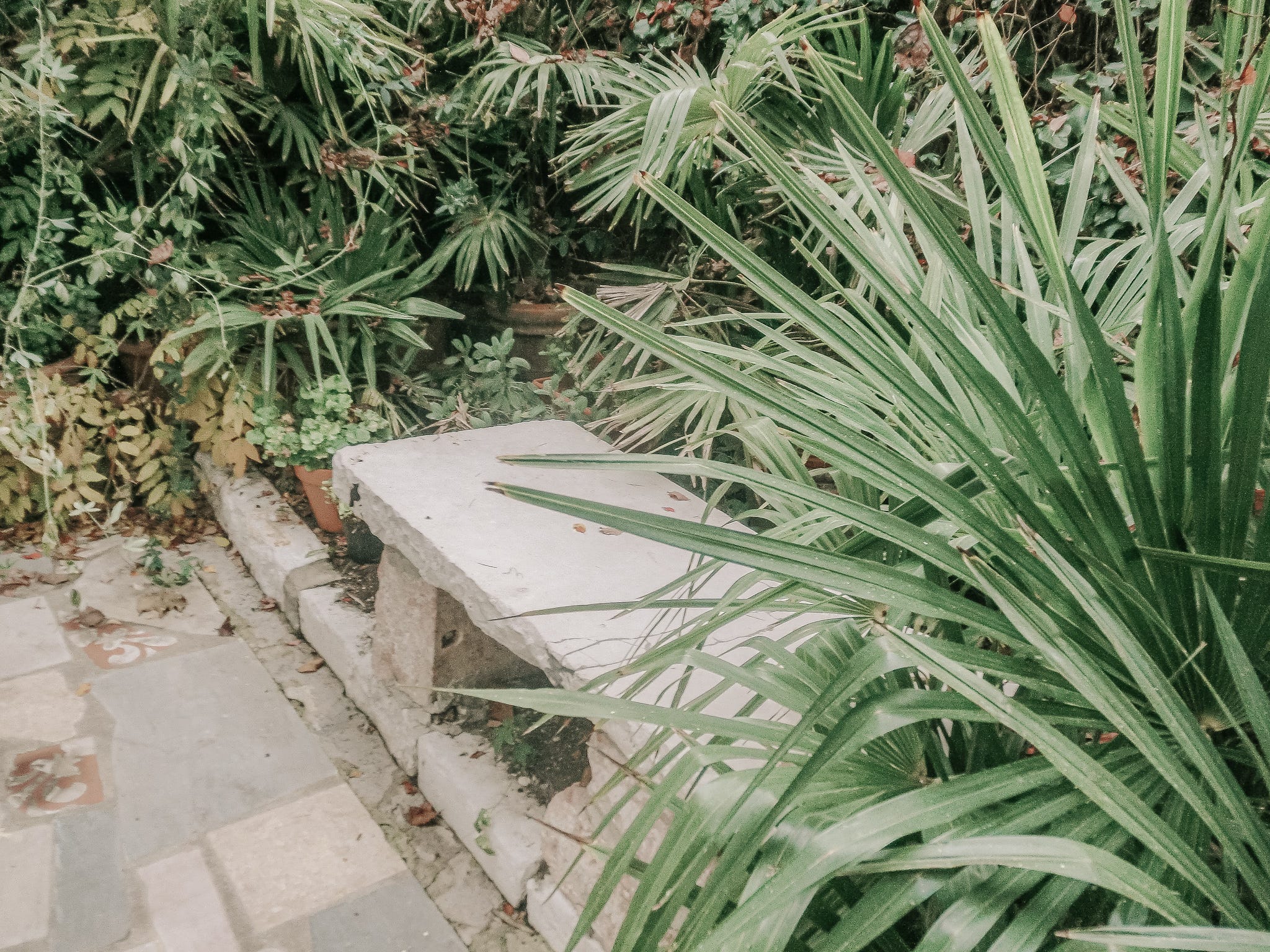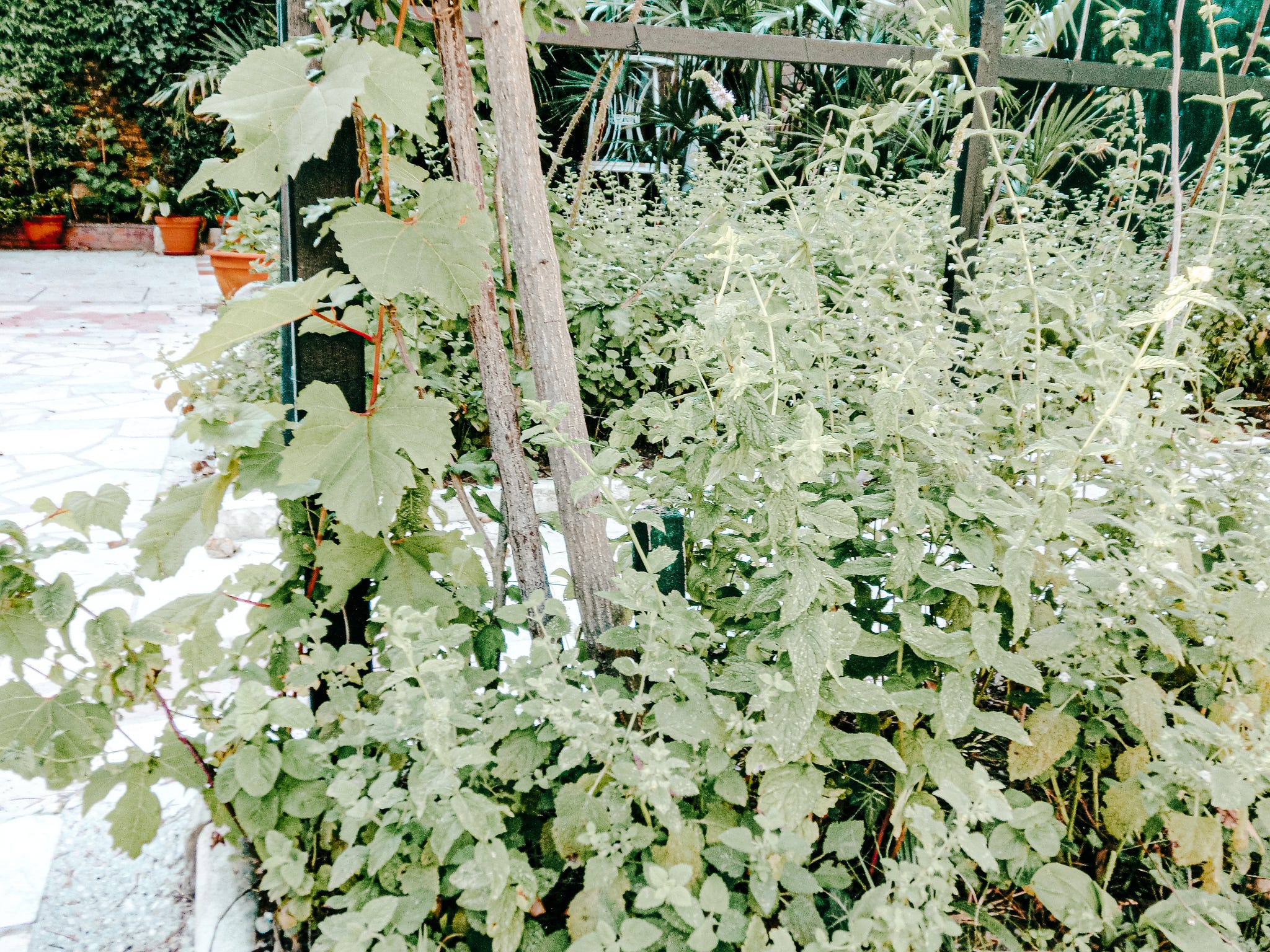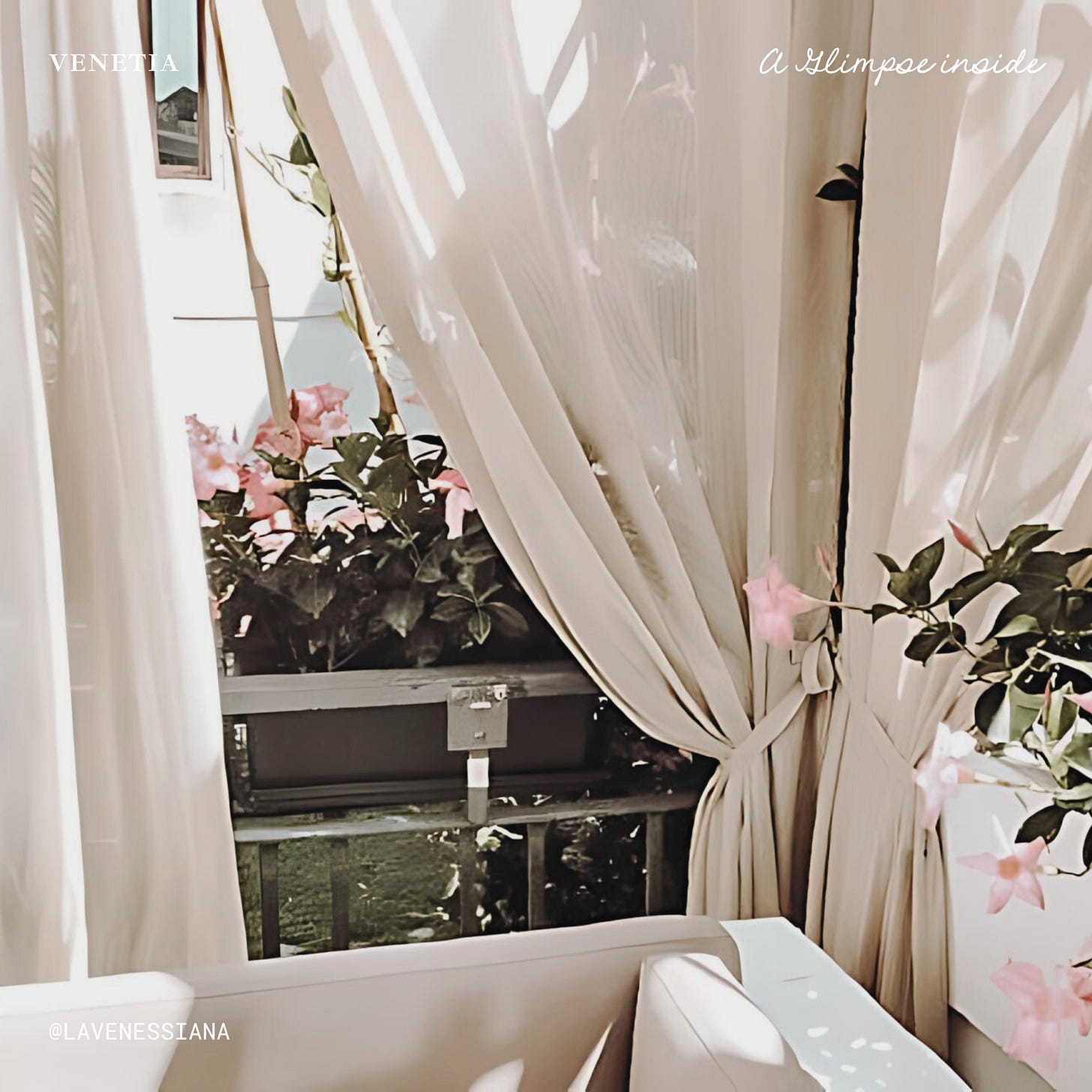A Glimpse Inside: See the Home Tour
Giardino Pendente: Visit the Hanging Gardens of San Zaccaria
It all began with an idea, courage and a vision, more than fifty years ago. And the opportunity to restore the oldest garden in Venice after the floods of 1966 had badly damaged it.
Before we take you inside, let’s discover the history of the San Zaccaria gardens.

Perhaps you’ve seen the church of San Zaccaria, its artworks, and crypta. And perhaps you also read about the convent, whose nuns were known best for their “libertine lifestyle”. But that’s just a tiny part of the story because like most convents in the Lagoon, San Zaccaria depended on its gardens to be self-sufficient.
San Zaccaria, founded in 468 AD by Bishop Magnus, was the largest monastery in Venice until 1797, when the Serenissima Republic of Venice ceased to exist. It was the first convent to be suppressed by the French military stationed in Venice.
In particular, San Zaccaria was famous for its sprawling gardens, vineyards, orchards and herb gardens. Until 1100 AD, the gardens reached from Campo della Bragora to the shores of the Grand Canal where the church of San Moisè and the hotel Bauer Grunwald are located.
After moving into the guesthouse of San Zaccaria in April 1968, Nonna Lina restored the ancient herb garden, a small orchard and vegetable plots in the low-lying courtyard.
In one corner, she created a wild garden for the birds (blackbirds, sparrows and merlins mostly) with a little pomegranate grove, uva fragola grapes, wisteria, figs and olives, persimmons and blackberries. There’s also a tiny pond with purple water lilies blossoming from April to October, and a red marble water basin in which Nonna’s favorite water lily lives.

Large courgette plants thrive next to seven garden mint varieties, and the edible blossoms in the garden, like geranium and lilies, grow lush in the warm humid climate of the Lagoon.
There are also eggplants, tomatoes, water melons, but Lina is particularly proud of two projects: Her sanctuary of forgotten herbs, once the staple-diet on the sea-lavender studded islands in the northern Lagoon where she grew up.
Next to the wild herb garden, Lina planted blackberries, more of her favorite uva fragola grapes, white roses, and elderflowers. In winter, Lina harvests persimmons that go into her Christmas menu. Pomegranates and figs are also used to make jam flavored with herbs and pinoli (pine nuts).
Lina’s sunny breakfast room overlooks the courtyard garden (hortus conclusus), and via a wrought-iron staircase one can reach an upper terrace hiding behind lush kitchen laurel growing taller than me.
This is where sun-loving medicinal herbs grow, some of them in a red Veronese marble basin exposed to the sun all day long. Lina was also proud of the white oleanders growing on the upper terraces, embellishing the white-painted tiles and marble balustrade. You can read the story of these oleanders in this post. These purple and white oleanders were already there when Lina took over the garden from the nuns in 1968.
Oleanders and hydrangeas are Nonna’s favorite summer flowers, mingling with yellow cone flowers and mirabilis jalapa called bella di notte - so beautiful in summer and early autumn, opening its blossoms at dusk and only when the moon shines.
And there’s a yellow rose bush growing above the terraces - a rose with a very special story we’ll be telling soon ..






